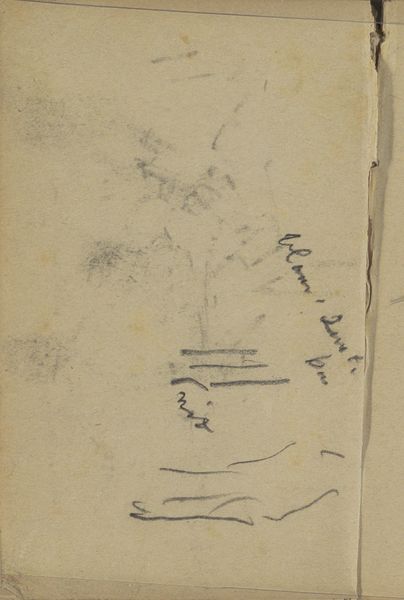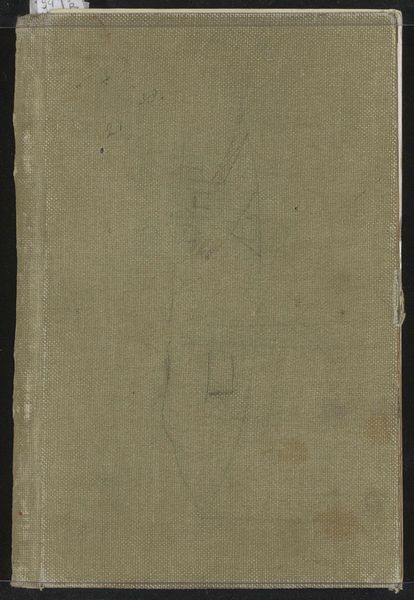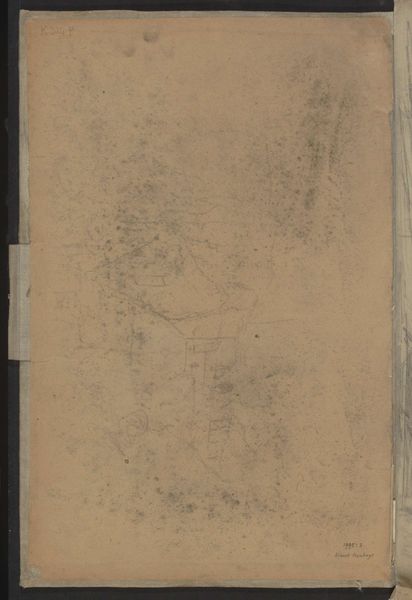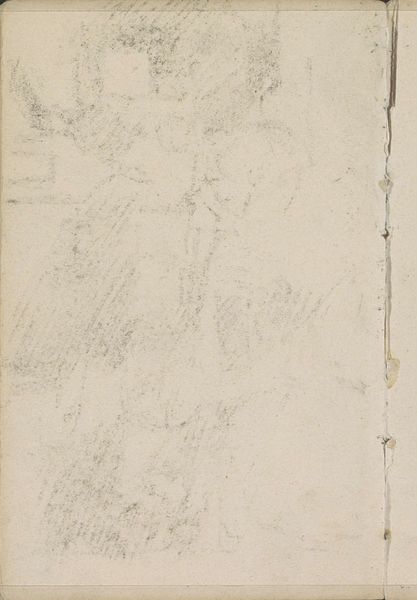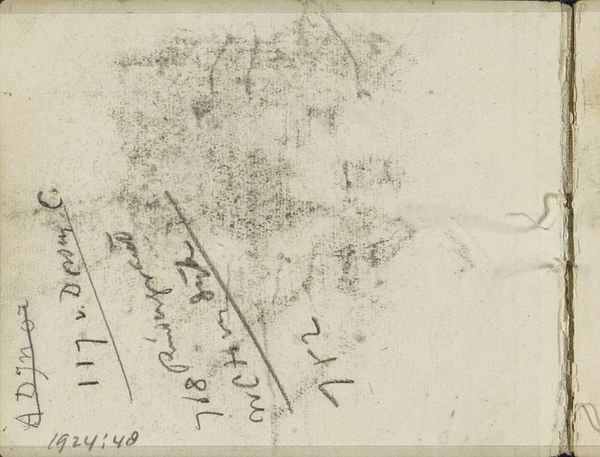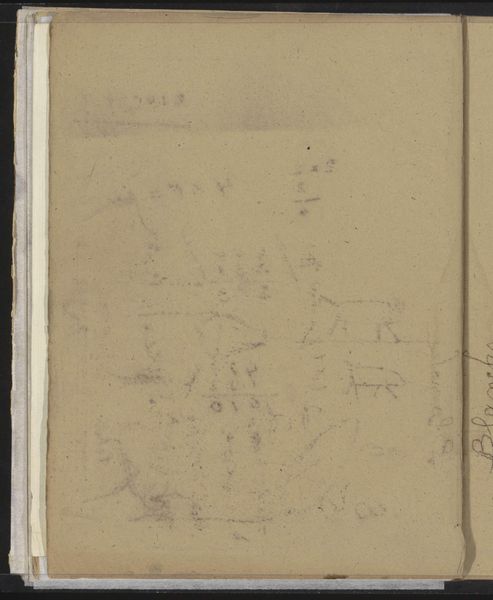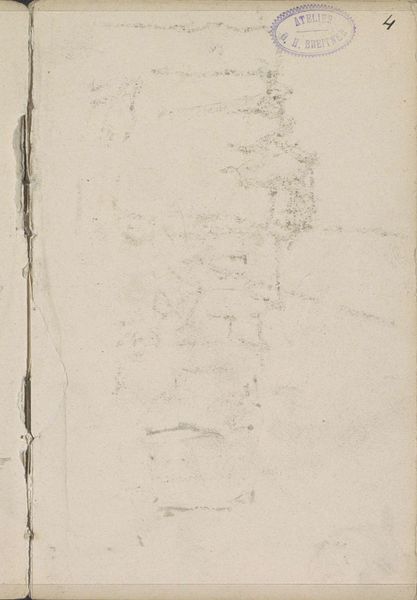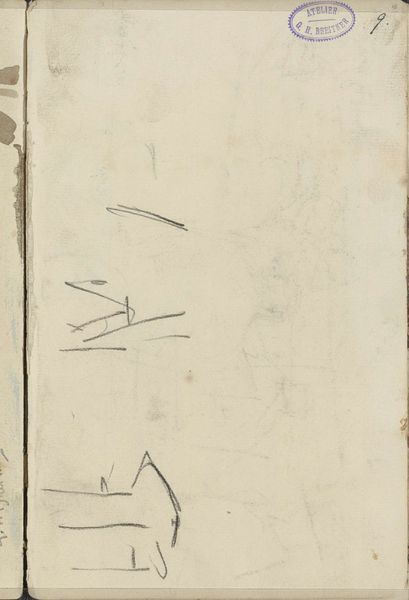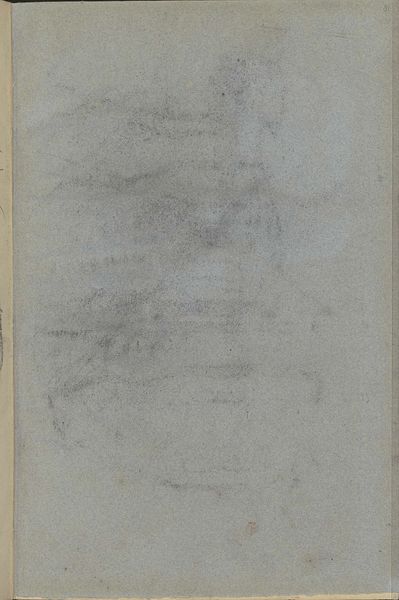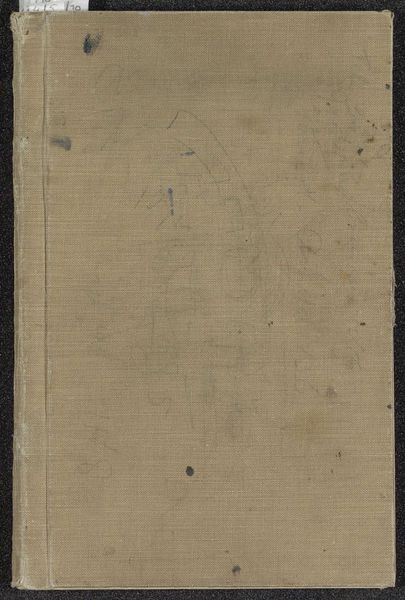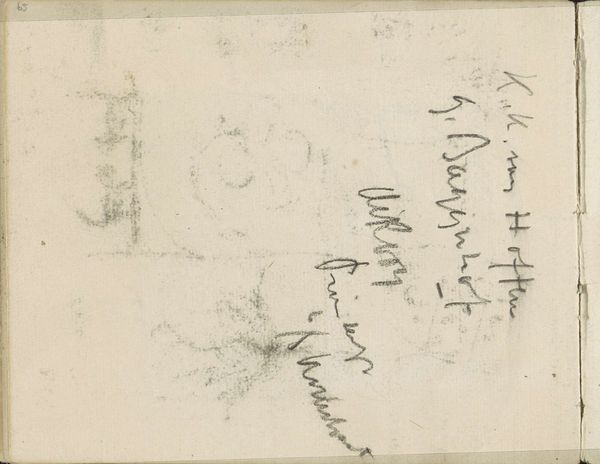
drawing, paper, pencil
#
drawing
#
water colours
#
landscape
#
paper
#
pencil
#
abstraction
#
line
Copyright: Rijks Museum: Open Domain
Editor: Here we have “Datering en notities,” or “Dating and notes,” a work on paper by Johannes Tavenraat, created around 1858. It looks like it’s pencil and watercolors…it feels almost like a discarded sketch pad page. I’m really intrigued by the faded quality of it. What stands out to you in this piece? Curator: For me, it's about unpacking the act of artistic labor and production embedded within the "discarded sketch pad page" itself. The humble materials - pencil and paper, readily available – speak volumes. This isn't a grand oil painting meant for the elite. It’s an example of what was accessible and, perhaps, the first step to planning more complex pieces of work. Think of the artist's hands, the repetitive gestures required to produce this preliminary study. What do you imagine Tavenraat was preparing for? Editor: Well, given his landscapes, perhaps a larger painting, but why keep it? It feels so incomplete and messy. Curator: Precisely! And that brings me to another key point: Why *did* Tavenraat, or someone else, preserve this? Consider the economics of art at the time. Paper was relatively cheap but still a commodity. Was it simply a matter of frugality, or did the artist ascribe some inherent value to these preliminary musings? How does that inform our understanding of the division between 'high' art and more functional drawing practices in the 19th century? Editor: I hadn't thought about the value assigned to these initial studies... I was so focused on the finished artwork. Curator: Right, this shifts our focus to consider the often-unseen labor and material conditions of artmaking itself. And, in its seeming incompleteness, it allows us access to a process we’re normally barred from seeing. It asks us to reflect upon the relationship between concept, production, and finished product, all within a social and economic framework. Editor: It makes you wonder about all the other sketches that didn’t survive. I'll definitely look at sketches differently going forward. Curator: Exactly. By analyzing these "minor" works, we begin to dismantle the hierarchy surrounding art and gain a more holistic perspective.
Comments
No comments
Be the first to comment and join the conversation on the ultimate creative platform.
